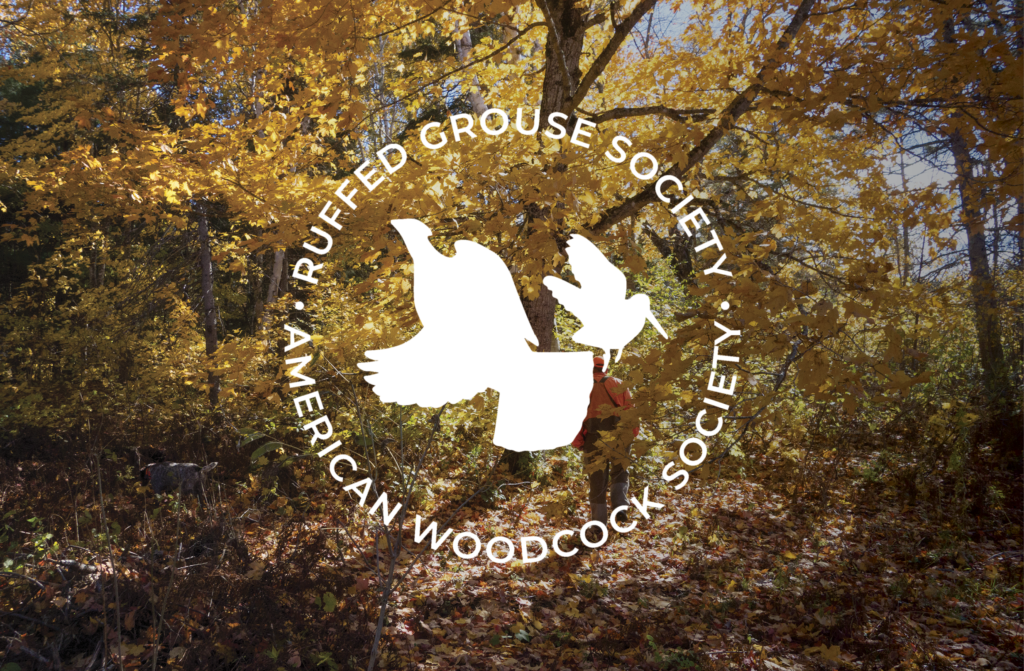Ruffed Grouse Society & American Woodcock Society Continue Support for Eastern Woodcock Migration Study

The Virginia Chapters of the Ruffed Grouse Society have provided the latest commitment of member support for an international collaborative research effort examining American Woodcock migration. The H.C. Edwards Chapter, the James River Chapter, and the Ruffed Grouse Society Virginia State Drummer Fund (SDF) provided support for purchasing three additional GPS transmitters for deployment by the Virginia Department of Game and Inland Fisheries (VDGIF).
Woodcock have experienced a population decline throughout eastern North America (as monitored by the U.S. Fish and Wildlife Service). Numerous partners have coordinated efforts through the Eastern Woodcock Migration Research Cooperative to improve understanding of how the conditions woodcock experience as they migrate between their northern breeding areas and southern wintering grounds may influence these declines. To date, partners have collectively deployed approximately 250 GPS transmitters on woodcock in thirteen states and three Canadian provinces.
The most recent support by Virginia chapters to fund additional transmitters for use by VDGIF is in addition to $75,000 previously pledged and raised by the Ruffed Grouse Society and American Woodcock Society (RGS & AWS) through the generous support of chapters and other donors that were critical to the project’s success.
Recognizing the importance of this research to guide future on-the-ground conservation efforts, RGS & AWS purchased the six initial GPS transmitters that were fitted to woodcock in eastern Maine by Dr. Erik Blomberg, the lead researcher from the University of Maine. The data from those transmitters was critical to demonstrate the viability of the technology and to test the study methods prior to developing the broader cooperative effort.
The ongoing research effort has documented woodcock cross boundaries from Virginia and other states in the Eastern Management Region to states in the Central Management Region in the course of migration. About 35% of woodcock captured in the fall later crossed management boundaries moving to winter range, and 20% of woodcock that were captured on winter range crossed boundaries during spring migration. These initial findings will benefit future harvest management and considerations for interpreting woodcock population trends distinctly between these regions. Continued research efforts will help optimize hunting season timing and identify critical stopover habitat areas.
RGS also thanks the National Wild Turkey Federation (NWTF) for their assistance with this increased research support. The purchase of Virginia transmitters funded by RGS was facilitated by NWTF, through a previously existing memorandum of understanding with the State of Virginia.
SHARE ON
You may also like
The role corn plays for gamebirds and economies ac...
Sportsmen’s conservation policy issues from publ...
Sportsmen’s conservation policy issues from publ...


























